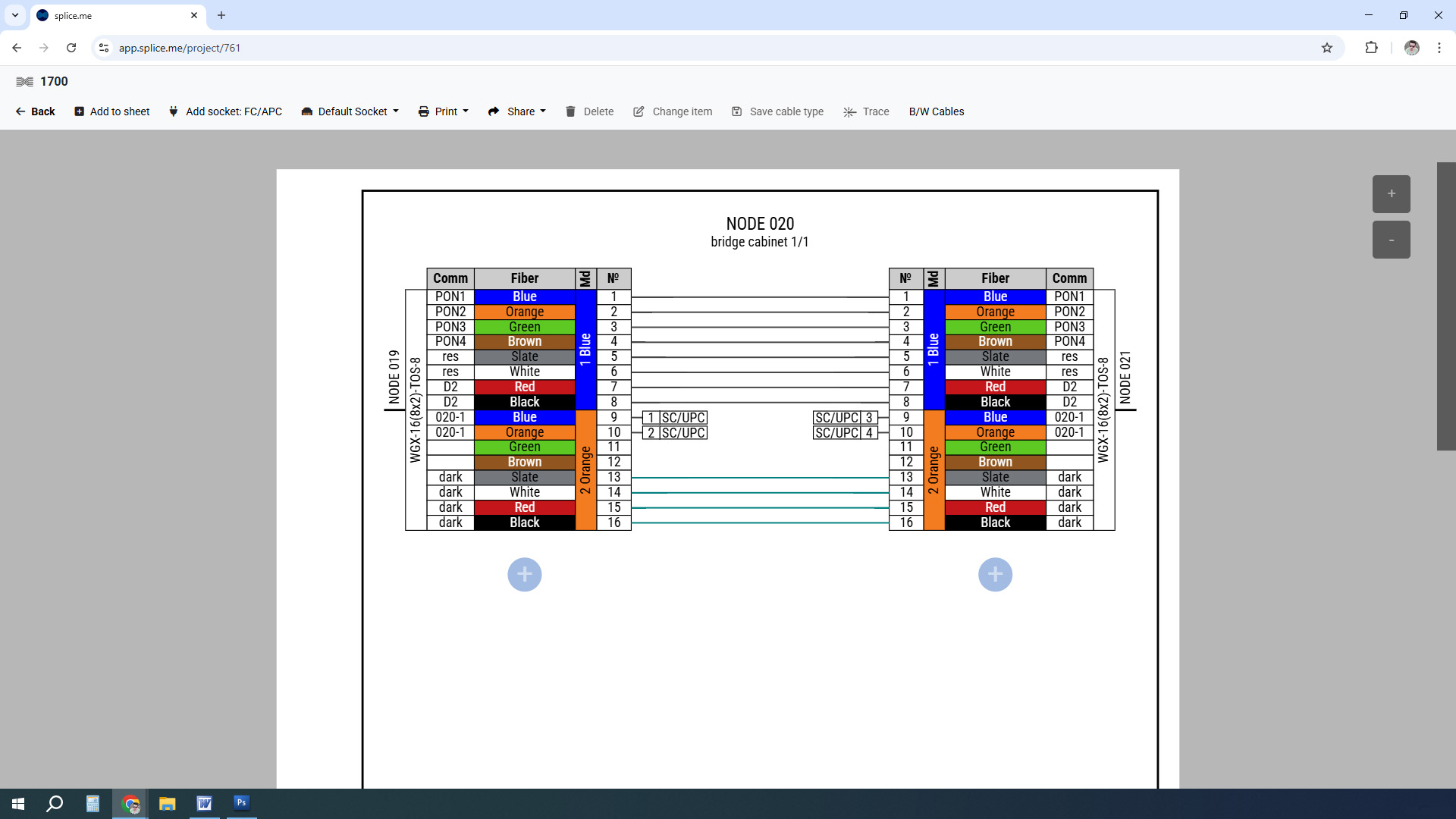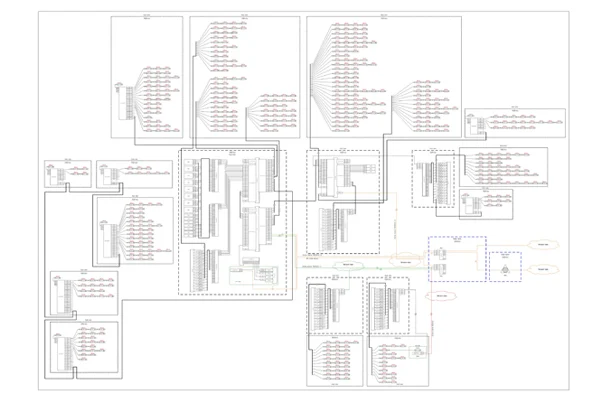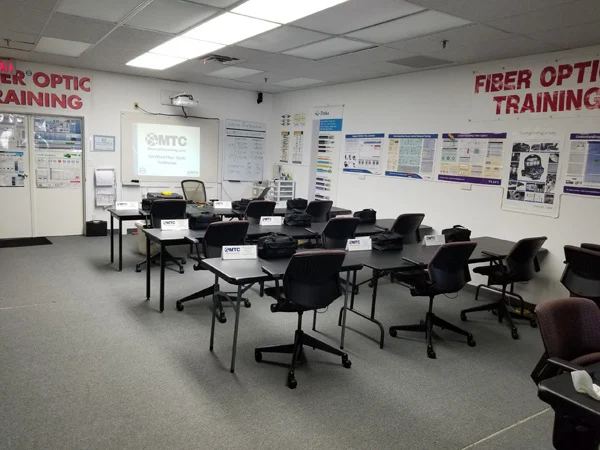Definition of dark fiber
Dark fiber refers to optical fiber cables that are installed but not currently active or connected to any transmitting equipment. The term “dark” comes from the fact that, without an optical signal passing through, the fiber is literally dark – no light pulses are being transmitted.
Dark fiber can be an unused capacity in existing cables – spare fibers left intentionally for future expansion. Entirely separate fiber cables laid for potential lease or private network build-outs are also Dark Fiber. When fiber is “lit,” it means it’s carrying data via light signals; when it’s “dark,” it’s simply dormant infrastructure waiting to be activated.
How to draw and depict dark fiber
In fiber network diagrams and fiber route maps, dark fiber is usually distinguished from lit fiber by color coding. Lit fiber is usually of bright colors (orange, yellow, green), dark fiberis almost always gray, black. In terms of line style dark fiber is usually depicted with dashed or dotted lines.
Dark fibers are often annotated with “DF” alongside fiber route name. In GIS-based network management software or fiber mapping tools, dark fiber segments may be displayed in muted colors with “Status: Dark” in metadata.
Standards and regulations
Regulation of dark fiber varies by country and can involve multiple layers. Dark fibers are mentioned in ITU-T G.652, G.655, etc. for fiber specifications, including installation and testing requirements, in ISO/IEC 11801 for generic cabling systems, and in ANSI/TIA-568 for structured cabling in the US.
There’s some regulatory aspects concerning dark fiber leasing and market rules – in some jurisdictions, incumbent telecom operators may be required to lease dark fiber to competitors, often under “open access” rules. Certain cities own dark fiber networks and lease them to ISPs under fair-use agreements of municipal fiber laws.
In defense or critical infrastructure applications, dark fiber routes may be restricted from public mapping due to security restrictions.
In the US the FCC does not directly regulate dark fiber technology, but competition rules may require sharing under Unbundled Network Elements (UNE) provisions.
EU directives encourage infrastructure sharing to promote competition, which may include dark fiber leasing.
Some countries in Asia-Pacific region (e.g., Singapore) mandate NetCo wholesale fiber access, including dark fiber availability.
How to draw dark fibers in Splice.me app
Although there’s no special button to turn a splice into dark fiber, and although there are no dotted or dashed splices, we often change it’s color to dark green and add “dark” to the corresponding comment cells. The benefit is that the comment propagates through dark fibers, and all of them will be “dark” on every node they pass.
Splice.me app interface




